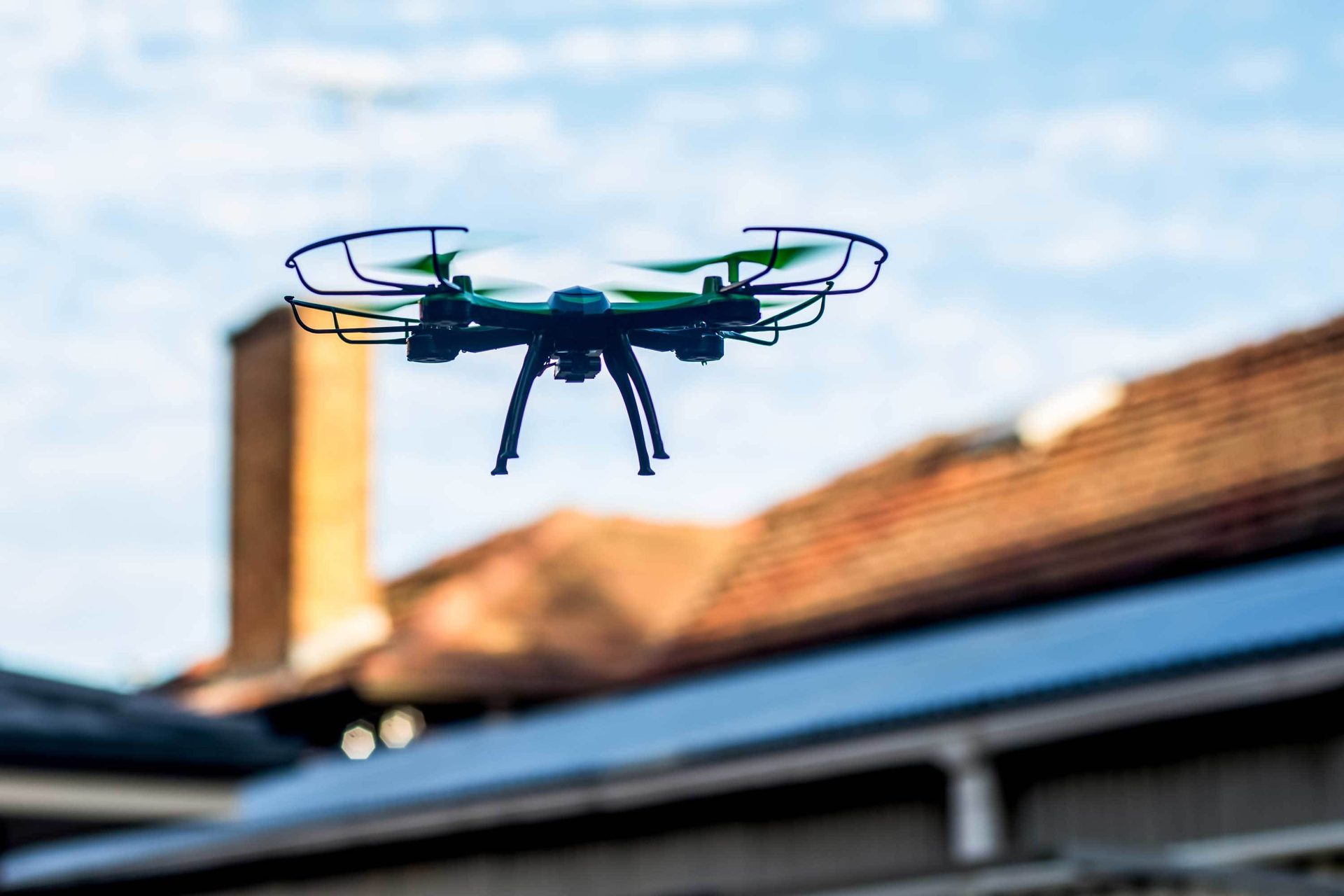
GUEST
COLUMN

The Great Roofing Technology Acceleration
For technology leaders in the roofing industry, the acceleration of technology is an opportunity to put distance between their organization and lesser advanced competitors
The COVID-19 crisis has greatly accelerated the pace of technology adoption across the roofing industry, creating a greater divide between winners and losers in the performance race. Contractors need to embrace technological innovations to stay relevant in this ever more competitive environment.
New technologies are increasing efficiency, streamlining workflows, driving growth, mitigating risks, and connecting distributed teams. From process automation and artificial intelligence (AI) to drone technology, dashboarding, and integrated software, there are few parts of the industry that are not being impacted by this advancement in technology. For technology leaders, this acceleration is an opportunity to put distance between their organization and lesser advanced competitors, and for laggards, the acceleration proves an opportunity to embrace change to avoid losing further ground.
Aaron
HENDERSON
Photo credit: Daria Nipot/iStock / Getty Images Plus via Getty Images
SCROLL
DOWN
FIGURE 1: Thermal cameras can provide temperature of a surface and show insulation and moisture issues during roof inspection from a drone.
On-Premise Tech is Dead
It’s time to say goodbye to the days of manual and desktop processes. Data silos are wreaking havoc on efficiency. Contractors can’t afford to lose time due to outdated software. As companies shift to hybrid work environments, on-premise solutions are no longer an option. Standalone software holds your data captive, creating disconnected workflows. Contractors risk losing or corrupting data, wasting time and money on rework, and essentially stripping your team of collaboration opportunities.
Complex technology stacks can be difficult to manage, leading to higher costs, manual work, and a lack of control over valuable data. Integrated cloud-based platforms serve as a valuable alternative to these cumbersome legacy software, improving business profitability and efficiency. By using a platform that connects processes, teams collaborate in real-time, work off the latest version of documents, and bridge the gap between the office and the field. Contractors can avoid risk, rework, and mistakes by using systems that “talk” to each other with open API capabilities. Focusing on platforms with sophisticated search and sorting functionalities make documents work smarter, not harder, saving time and focusing individuals on higher payoff activities. In this regard, it is important to focus on systems that seamlessly move data between best-class solutions. Connected platforms are key for high-performing contracting organizations, from bid management and takeoffs and estimates to field collaboration.
“Contractors are sitting on data gold, and leveraging technology to turn data into actionable business decisions allows them to react proactively to avoid potential pitfalls and maximize opportunities.”
AI and Machine Learning are Game Changers
AI is the use of machines to mimic human cognitive functions, like learning and pattern recognition, altering business models as we know them. It can help overcome some of the toughest challenges in roofing, such as safety issues, labor shortages and budget and schedule overruns.
Data driving AI is derived from every phase of the construction process, acting as a quality and efficiency control system for roofing contractors. Software platforms are predicting material pricing and purchase time frames to help counteract the impacts of supply chain limitations. Images and videos collected can be analyzed to identify roof damage and validate or invalidate the inspection process. These same images can analyze potential risks, hazards, and identify incorrectly installed materials. That data can be used by a sales representative, project manager, or field crews to improve overall business efficiency and profitability.
Machine learning refers to a process of training a machine to execute a task, different from writing code and programming a machine to execute the same task. Algorithms are built that allow machines to learn from data, such as prioritizing problems that need to be handled, and helping streamline workflow and preventing risks.
Drones are NOT a Fly-By
Drones are revolutionizing the roofing industry. Let’s face it, roofing is a high-risk trade. Safety is the number one concern on a jobsite and having the option to mitigate risks and hazards with technology is invaluable. CentiMark, the world’s largest roofing contractor, is exploring the potential of drone technology for their business.
“The intent of drone technology is to be more efficient with human labor, that’s where it ultimately needs to go,” says Greg Wilson, senior vice president and chief information officer at CentiMark. “We need to reduce human effort by using aerial imagery as a tool for measurement, identifying safety hazards, and developing proposals.”
Drones can capture a tremendous amount of data, from marketing efforts to remote diagnosis. They have the potential to:
- Show the status of a project – Providing the general contractor or owner with an accurate timeline as well as allowing roofing contractors to assign more labor to areas of the project that may be slowing down will help scheduling management.
- Find defects – “Invisible defects” such as corrosion, gas leaks, and rust can be located by appropriate drone sensors and damage detection software, helping identify structural flaws.
- Inventory roof components – Drones can determine existing materials and materials needed to perform repairs.
- Improve roofing inspections – Data from aerial measurements that are repeated from different angles is something humans simply can’t provide. Drones can speed up the inspection process, provide a holistic view of the project, and eliminate the hazards (and insurance costs) of putting an inspector on the roof.
- Provide mapping, measurements, and estimates – 3D modeling and aerial measurements from drones are incredibly accurate. That data can be ingested into an estimating system, keeping contractors closer to budget in a high-risk, low-margin industry.
- Eliminate safety risks – Drones can identify safety hazards and OSHA violations with image recognition AI. The software can analyze situations like if workers are wearing PPE, or if they’re on the proper rungs of a ladder.
- Provide content for marketing and advertising efforts – Promoting before-and-after shots of the jobsite is a fantastic marketing tool.
Information is generated everywhere in construction, from mobile devices and drone videos to security sensors and software. Contractors are sitting on data gold, and leveraging technology to turn data into actionable business decisions allows them to react proactively to avoid potential pitfalls and maximize opportunities. Technology is accelerating the pace of construction and contractors who embrace the acceleration have a great opportunity to set themselves apart from laggard competitors.
As director of enterprise sales for STACK Construction Technologies, Aaron Henderson is on a mission to scale contracting organizations, leveraging technology to increase efficiency and minimize risk. Over his career, Aaron has worked with top AEC industry leaders to streamline systems and processes and develop strategies for more effective growth.
